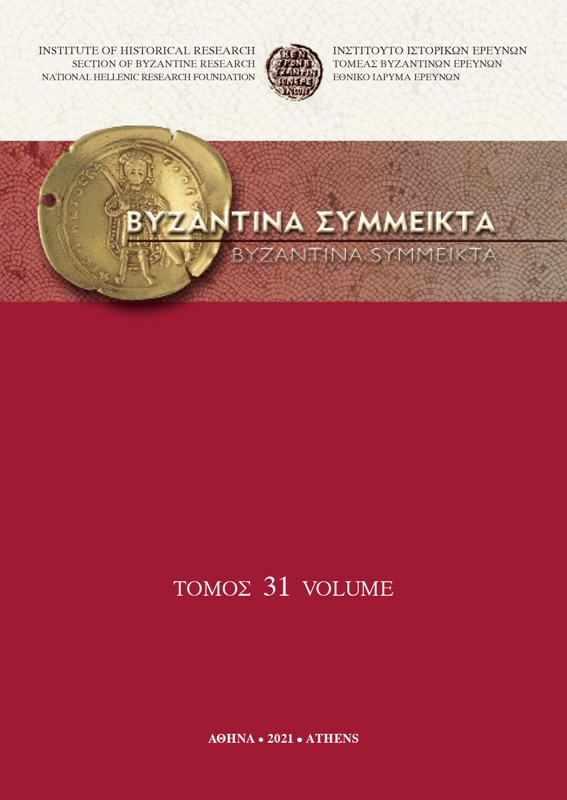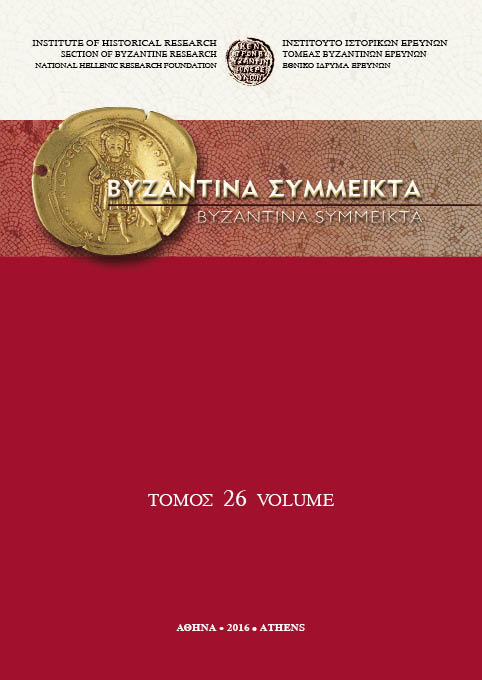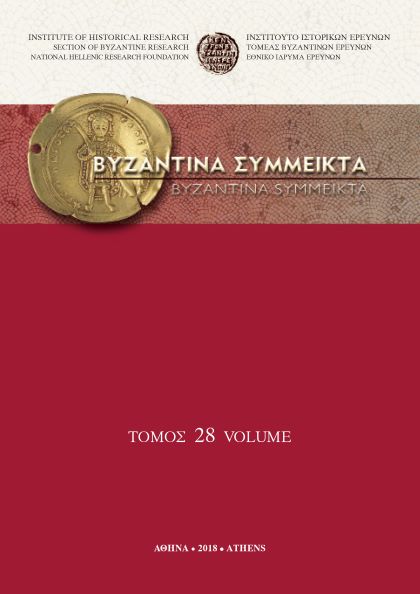Turning Traitor: Shifting Loyalties in Procopius’ Gothic Wars

Abstract
Η αφήγηση του ιστοριογράφου Προκoπίου για τον πόλεμο εναντίον των Γότθων στην Ιταλία περιέχει πολλές περιπτώσεις Γότθων, Ιταλών και Ανατολικών Ρωμαίων που αλλάζουν παρατάξεις κατά τη διάρκεια της μακράς σύγκρουσης. Η συστηματική εξέταση του θέματος δείχνει ότι ο Προκόπιος γενικά αντιμετώπιζε με συγκατάβαση τους στρατιώτες που λιποτακτούσαν, στάση, που αντικατοπτρίζει τις ευρύτερες μεσογειακές αντιλήψεις του 6ου αιώνα. Τί μπορούν να μας διδάξουν τα παραδείγματα των «προδοτικών» συμπεριφορών σχετικά με τη διαφωνία στην εποχή του Ιουστινιανού; Παρόμοιες και άλλες πράξεις διαφωνίας από στρατιώτες υποδηλώνουν ότι μονάδες του στρατού του Ιουστινιανού –τουλάχιστον κατά τη διάρκεια του δυτικού πολέμου– είχαν κάποιο επίπεδο ελευθερίας του λόγου και της δράσης, που μερικές φορές τους επέτρεπε να υπαγορεύουν όρους είτε στον διοικητή τους είτε στην κεντρική κυβέρνηση στην Κωνσταντινούπολη. Με τον ίδιο τρόπο και η γοτθική αντίσταση στην Ιταλία, μπορεί να ερμηνευθεί ως μια πράξη μη συμμόρφωσης προς την πολιτική που τους αντιμετώπιζε ως βαρβάρους, χωρίς νόμιμη αξίωση για την Ιταλία.
Article Details
- How to Cite
-
LILLINGTON-MARTIN, C., & STEWART, M. E. (2021). Turning Traitor: Shifting Loyalties in Procopius’ Gothic Wars. Byzantina Symmeikta, 31, 281–305. https://doi.org/10.12681/byzsym.26164
- Issue
- BYZANTINA SYMMEIKTA 31
- Section
- Articles

This work is licensed under a Creative Commons Attribution-NonCommercial-ShareAlike 4.0 International License.
Copyright: The copyright for articles in this journal is retained by the author(s), with first publication rights granted to the journal. By virtue of their appearance in this open access journal, articles are free to use (with the exception of the non-granted right to make derivative works) with proper attribution for non-commercial uses (licence Creative Commons 4.0). NHRF retains the worldwide right to reproduce, display, distribute, and use articles published in BYZANTINA SYMMEIKTA in all formats and media, either separately or as part of collective works for the full term of copyright. This includes but is not limited to the right to publish articles in an issue of the Journal, copy and distribute individual reprints of the articles, authorize reproduction of articles in their entirety in another NHRF publication, and authorize reproduction and distribution of articles or abstracts thereof by means of computerized retrieval systems.





